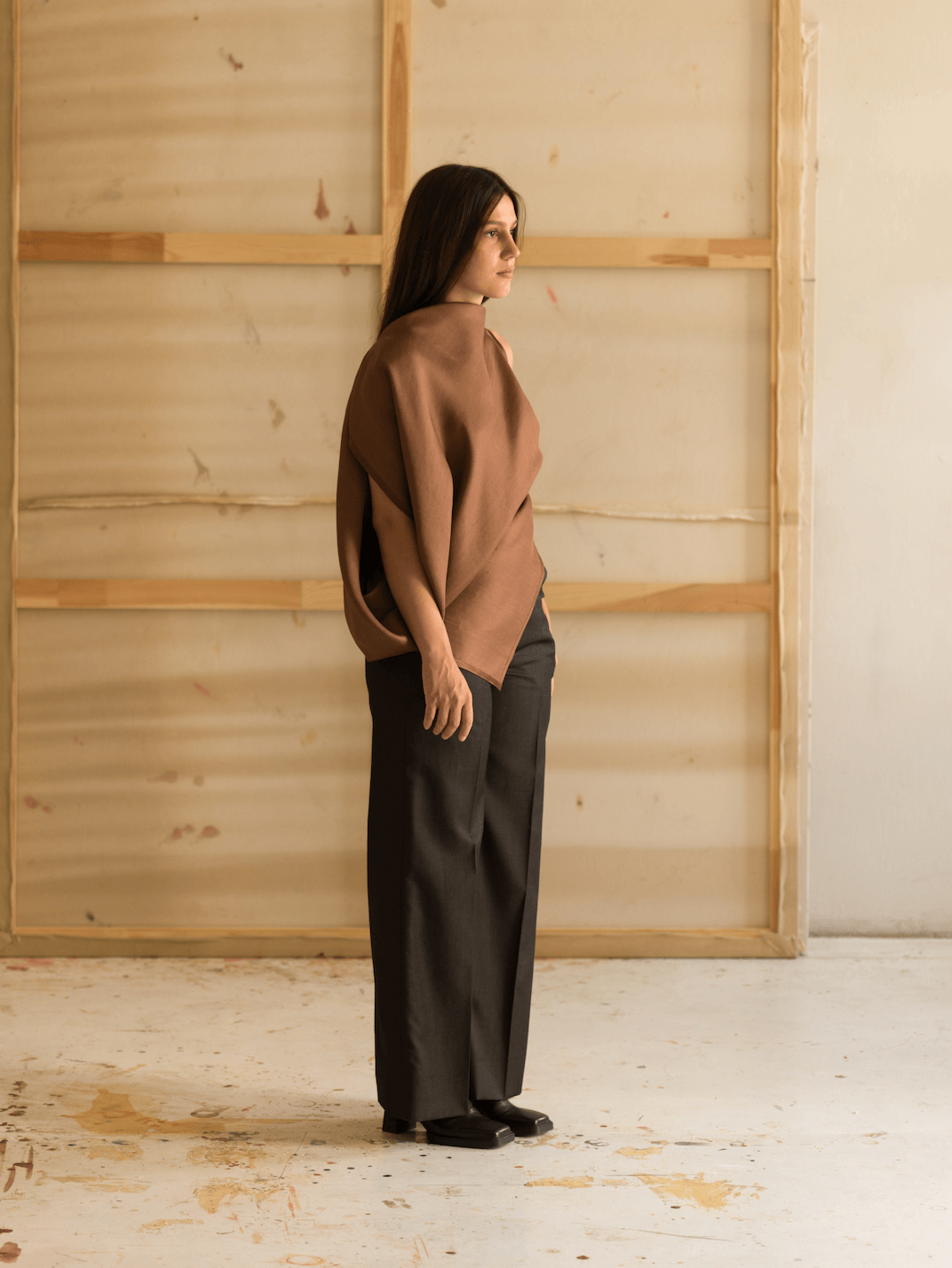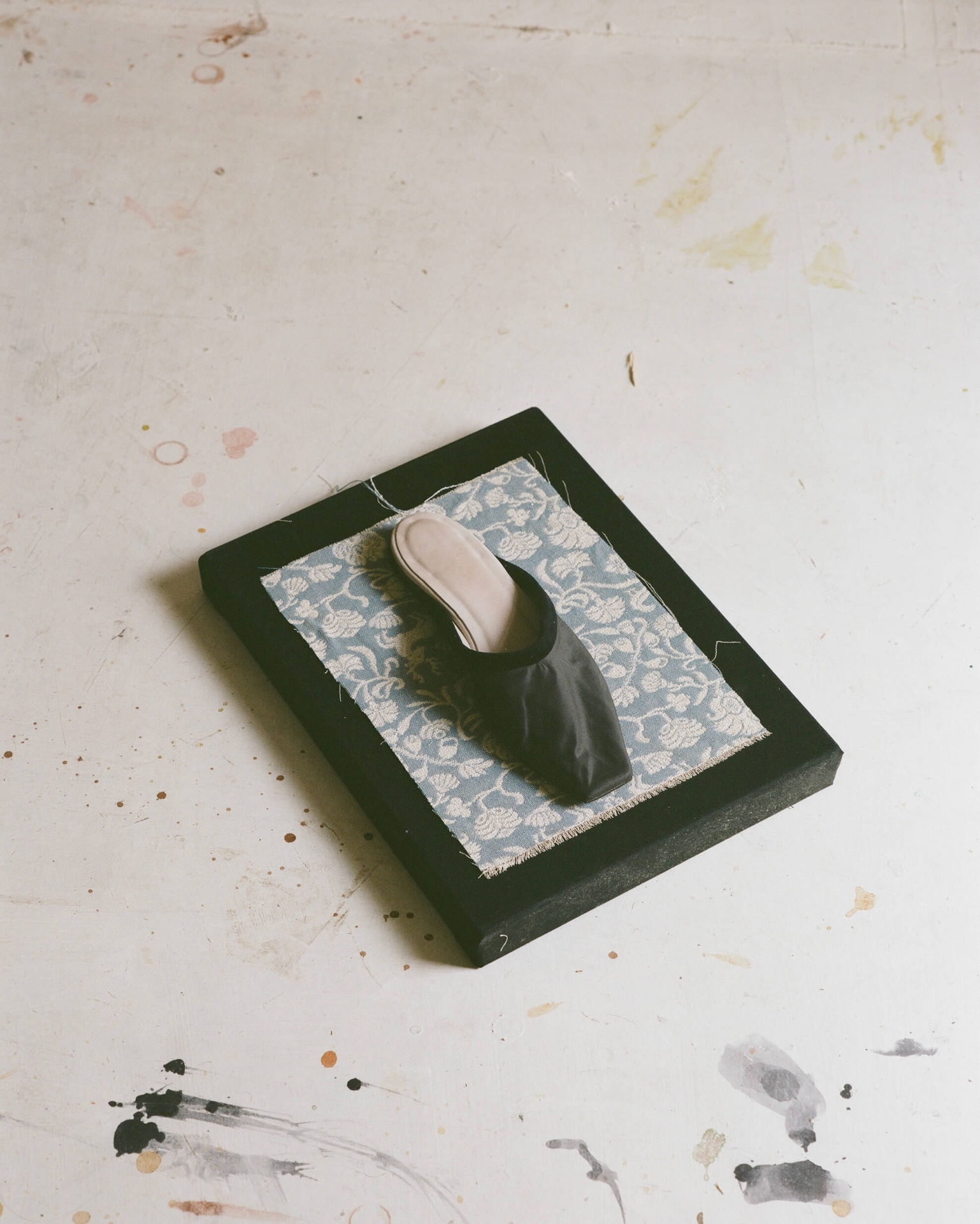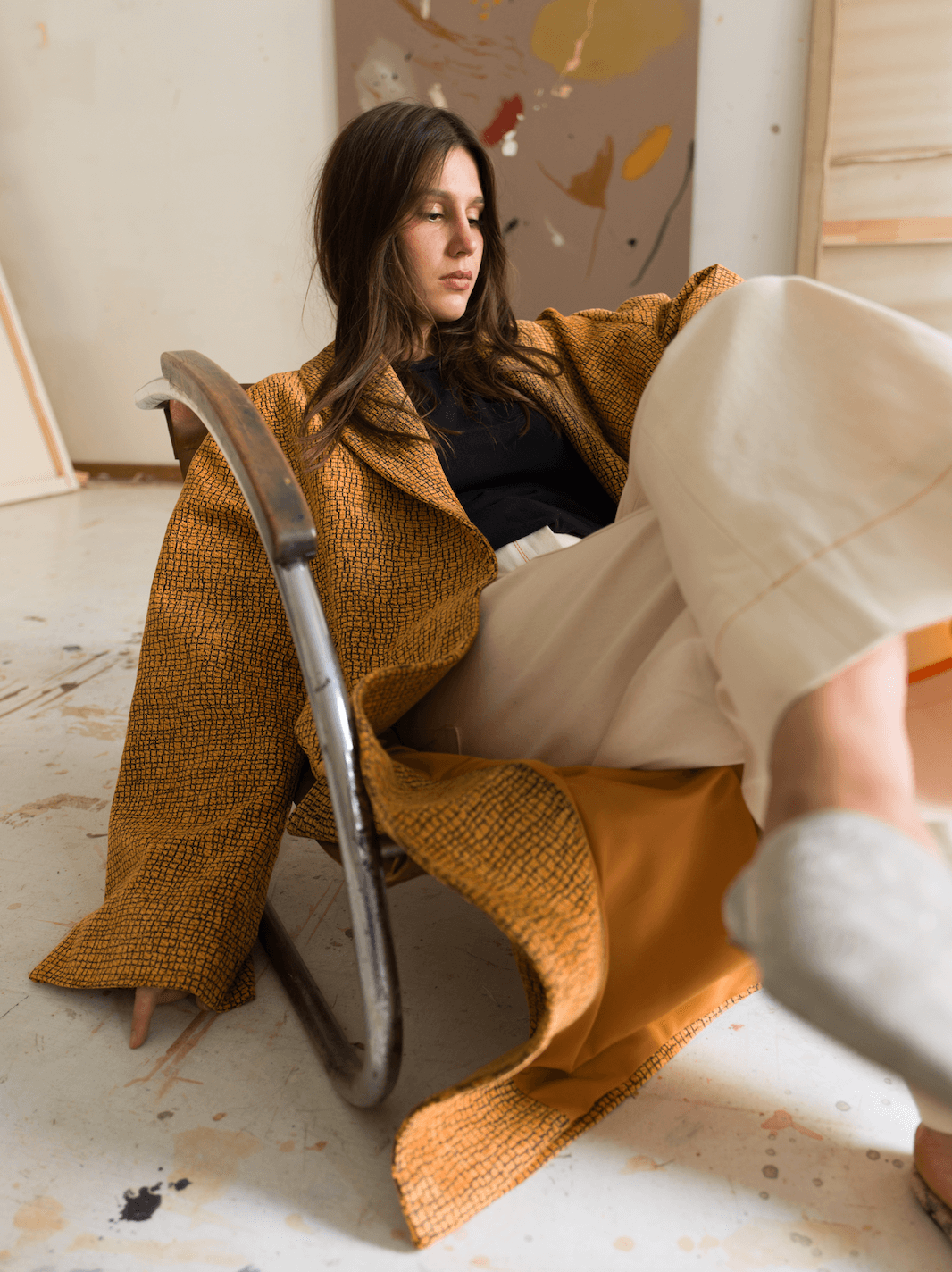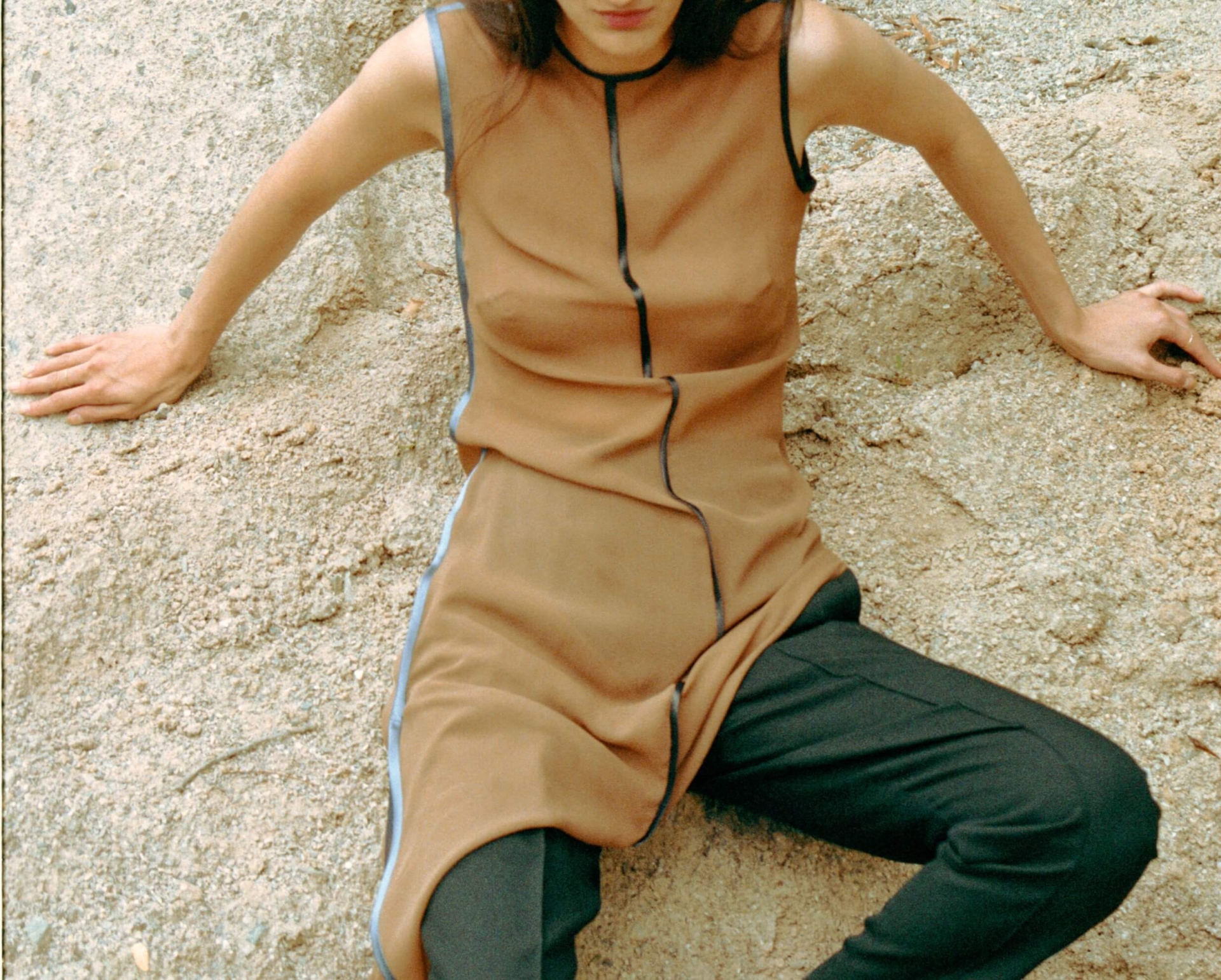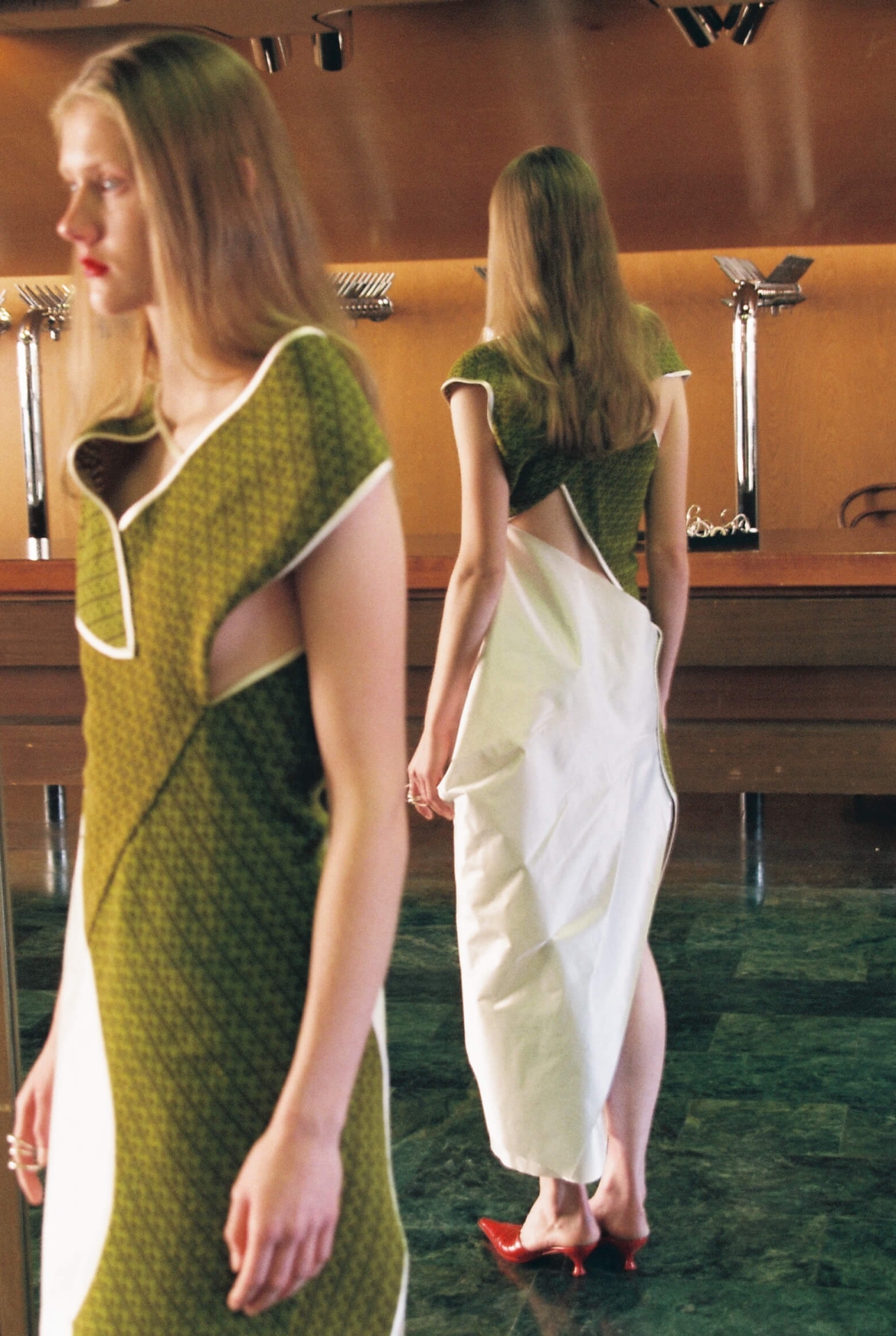3
Fashion Designer of the Year
Aleš Hnátek
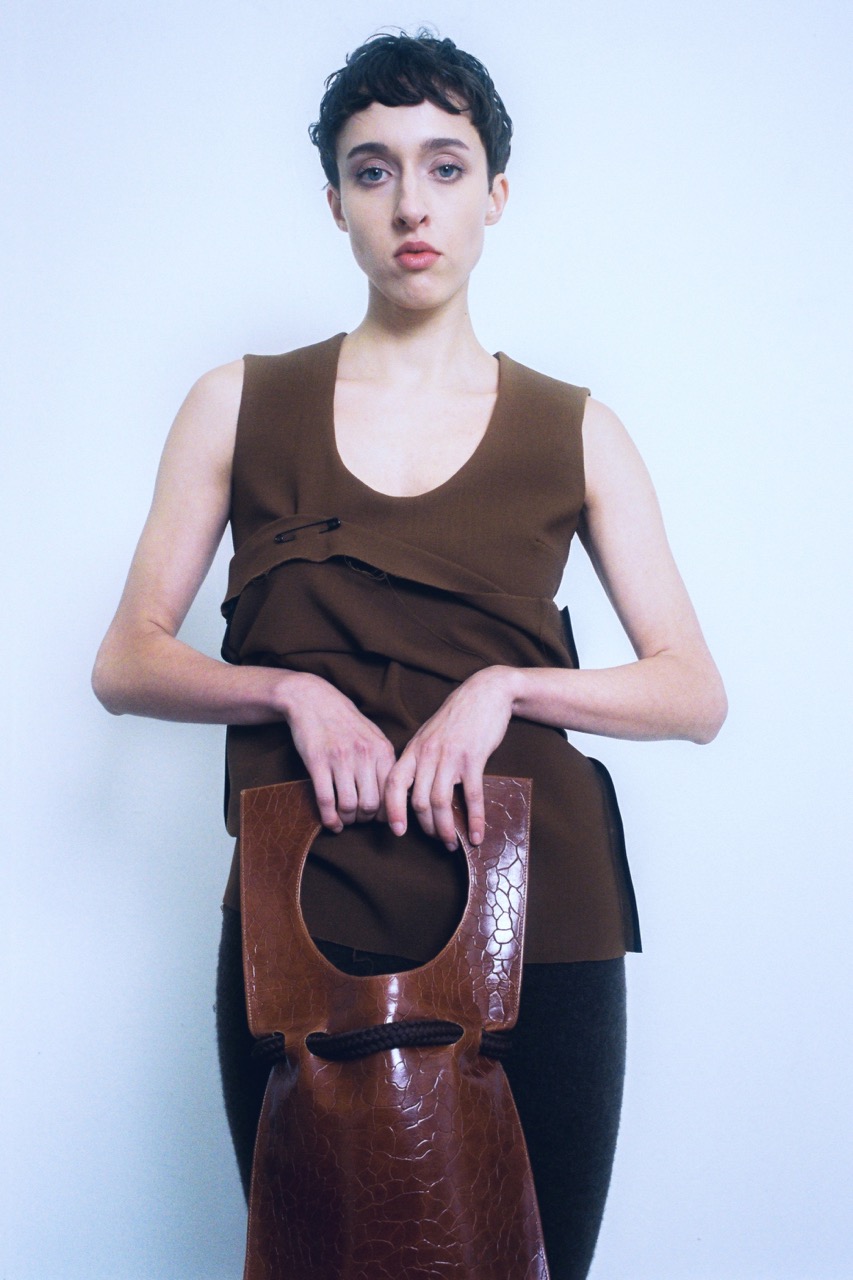
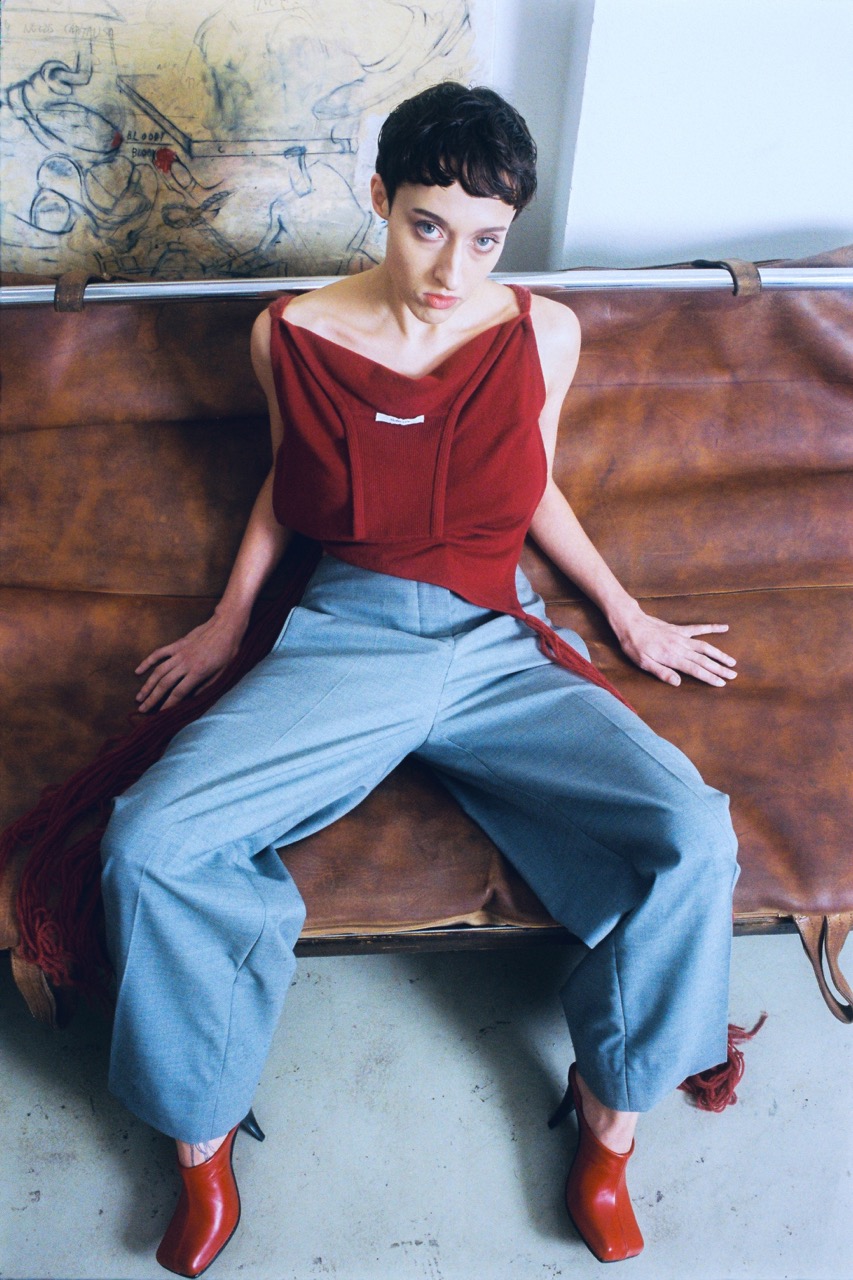
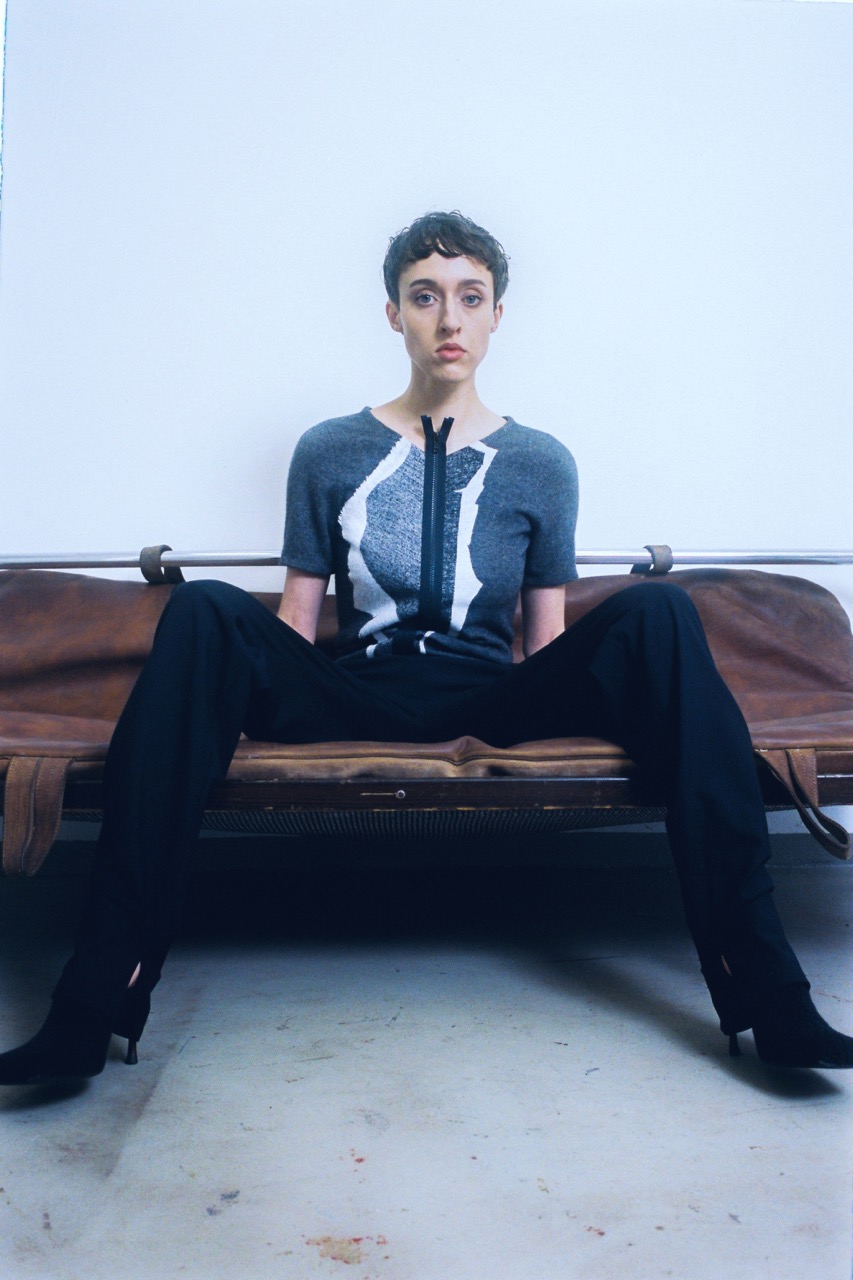
Aleš Hnátek recently graduated from the studio of Fashion and Footwear Design at the Academy of Arts, Architecture and Design in Prague and, although it may at first seem contradictory, his Wardrobe 1 collection is as poetic as it is realist. And that’s how it should be, because this graduate work and never-ending collection will keep growing even after he leaves school. It is just extremely personal for him.
An ambitious young man dazzled by the Arte Povera movement collects upholstery and covers from used armchairs and couches, hunts among deadstock, and receives strips of fabric from his friends and family. He uses these (along with discarded towels) to make sophisticated garments and shoes. He disrupts traditional forms, shifts proportions, switches from coarse to smooth, from rough to elegant; but he is, most importantly, trying to make his clothes affordable and open to everyone. Perhaps this is naive, but all the more determined and genuine. And his effective price-making shows that he has been successful in his mission. Aleš is able to balance his punkish source materials with the difficult craft in the studio, offering the resulting outfit at an affordable price.
On an intellectual level, his collection is perhaps more complex than he would let on. As per the style of his beloved Arte Povera movement, the collection avoids the impulse to take on overdetermined themes, so as not to paint over the simple sensations provided by the things in themselves. Perhaps this is the reason Aleš’s work often remains misunderstood by a large segment of his audience. But that needn’t be a bad thing; it would be much worse if he settled for compromise. The aim to “design an outfit which just is” would however require a more precise distancing from the context of contemporary fashion brands. “I place the incongruous together. Some garments give a sense of being unfinished, which contrasts with the precise crafting of some of their inner linings. I assemble these seemingly antagonist materials into compositions which are unexpectedly harmonious,” explains the designer. “I think a fitting modus operandi for today’s world consists in working on never-ending collections. We don’t have to begin from scratch each time, but can develop and complement what’s already there. Further and further, one step at a time.” Aleš’s outfits are not weighed down with gender stereotypes and he doesn’t even assemble “looks.” He rather offers the building blocks of a wardrobe repurposed according to his vision, and assumes that the character of each client will do its thing and will give the individual pieces a mark of authenticity. The form fills itself with content.
Jan Králíček
Andrea Březinová
Karel Císař
Michaela Kádnerová
Tomáš Luňák
Anna Nosková
Martina Schneider Králová
Veronika Pařízková
Jana Patočková
Karolina Voňková
